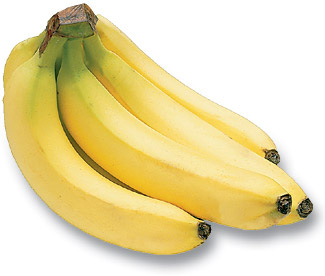Simple FruitSimple fruits can be either dry or fleshy and result from the ripening of a simple or compound ovary with only one pistil. Dry fruits may be either dehiscent (opening to discharge seeds), or indehiscent (not opening to discharge seeds).
Types of dry, simple fruits (with examples) are:achene - (buttercup)
capsule - (Brazil nut)
caryopsis - (wheat)
fibrous drupe - (coconut, walnut)
follicle - (milkweed)
legume - (pea, bean, peanut)
loment nut - (hazelnut, beech, oak acorn)
samara - (elm, ash, maple key)
schizocarp - (carrot)
silique - (radish)
silicle - (shepherd's purse)
utricle - (beet)
Fruits in which part or all of the pericarp (fruit wall) is fleshy at maturity are simple fleshy fruits.
Types of fleshy, simple fruits (with examples) are:
berry - (tomato, avocado)
stone fruit or drupe (plum, cherry, peach, olive)
false berry - accessory fruits (banana, cranberry)
pome - accessory fruits (apple, pear, rosehip)


